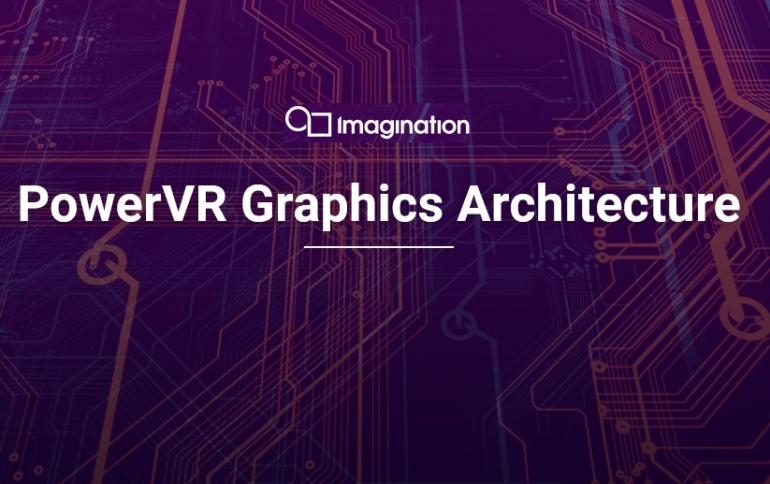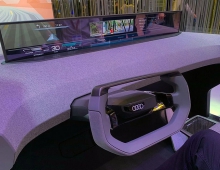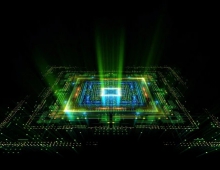
Imagination's PowerVR PVRIC4 Image Compression Technology for GPUs Reduces Memory Footprint
Imagination Technologies announced the PowerVR PVRIC4, the company's latest image compression technology which will arrive in the company's upcoming 2018 GPU releases.
Data compression is a fundamental technology tool used in everyhting from physical media such as DVD and Blu-ray, to the video and music we stream to our TVs and mobile devices. But it's also used inside Imagination’s GPUs. The company has been so far used a trio of technologies in its GPUs, known as PVR3C Triple Compression – a 'triple-threat' of texture compression (PVRTC and ASTC), geometry compression (PVRGC) and image compression (PVRIC).
The next step in image compression technology is PVRIC4 featuring PVRIC visually lossless compression.
In PVRIC3 images could only be compressed losslessly and, by definition, this meant that the compression had no impact whatsoever on image quality. However, the amount of compression depends on the content. While some parts of an image might compress well (say, a single block of colour as found in an all-white sky), compression could be highly effective – up to a theoretical best case of 256:1. While this means that bandwidth consumption for the transfer is reduced significantly, that block still needs a full allocation of memory to be reserved, as the compression ratio is not known or guaranteed ahead of time.
This is where PVRIC4 comes in to play. Now each block of pixels delivered from the GPU to its destination, such as the display controller or video encoder, is sent through the regular
After the image data block has passed through both pipelines, new decision logic decides which version of the block to pass on to its destination. If the lossless pipeline has managed to compress the block by at least 50% then this is selected, this also means we maintain perfect image quality. However, if it cannot do so then the lossless pipeline output is used. This will always compress the image by exactly 50%. As a result, Imagination guarantees a bandwidth reduction of 50%, but also guarantees a memory footprint saving of 50%.

This means that SoC designers can put down fewer memory pins – which adds up to a saving of the bill of materials. The memory allocation per block will also be 128 bytes, which is a very efficient size for data transfer.
Imagination provides PVRIC4 as a standalone IP block for SoC manufacturers to integrate into their multimedia pipelines. The block is already used by Imagination partners including Chips&Media who have access to PVRIC4 as part of a recent collaboration to deliver an optimum solution for a system leveraging a PowerVR GPU and WAVE5 video codec.
PVRIC4 will be available as a feature in next-generation PowerVR GPUs.





















